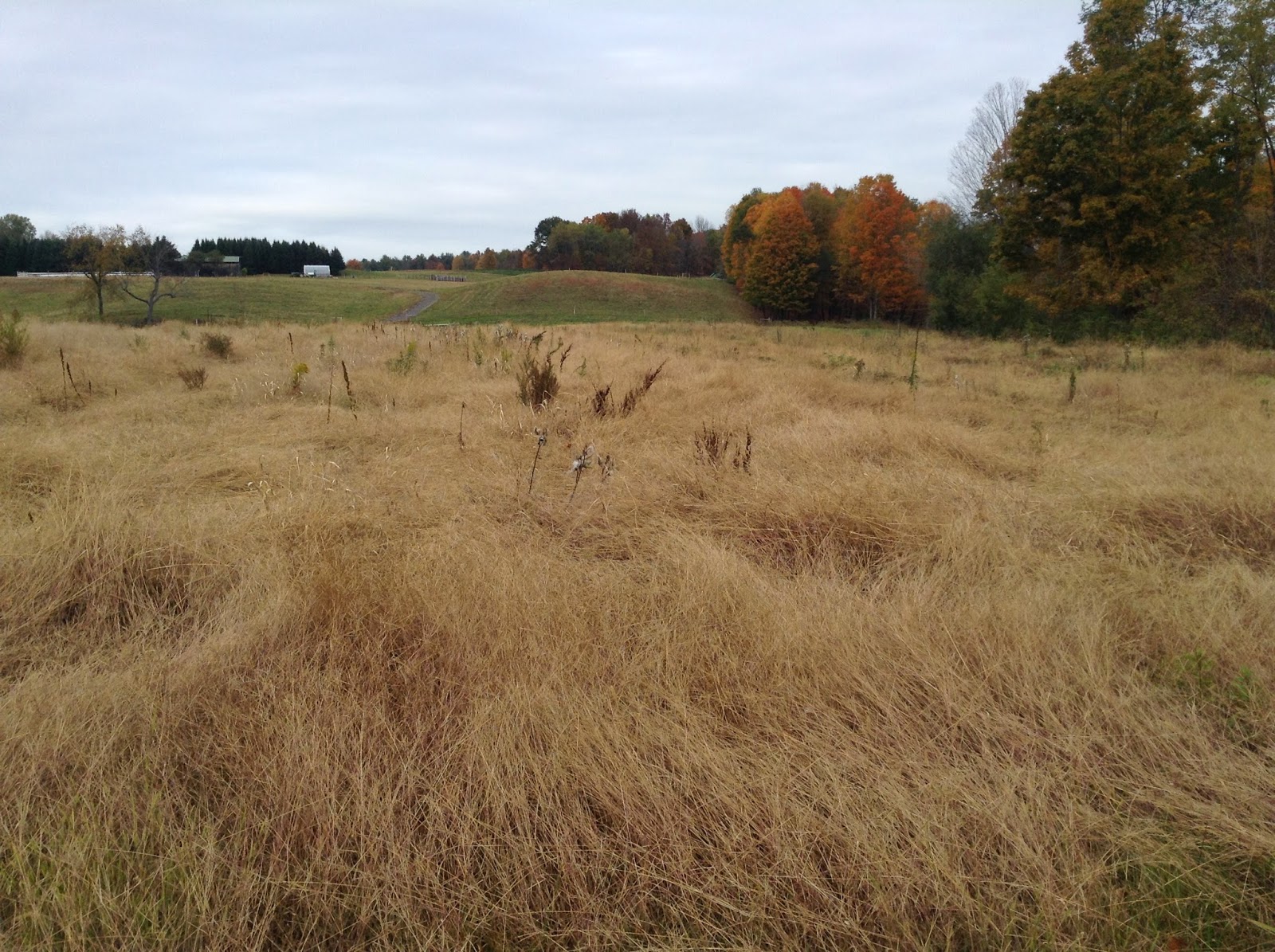Today Molly came to me when I called her. It was amazing.
We
worked on this while still at Duane's. She would stand at her gate, gazing out at the grass beyond.
I stood about 15 feet away, waiting to groom her. Because I am supposed to be the herd leader, I wanted to see
if I could get her to come to me instead of me going to her. So I
used consistent hand signals and a consistent voice call, which included her
name.
She seemed to figure out pretty quickly what I
wanted, but immediately began to look all around, up at the sky, over at
the other horses, anywhere but at me. I persisted, and she eventually
came over. It probably took three prolonged attempts on separate days. I
rewarded her with praise and petting; then again I was also standing near her hay.
 |
| Here, Molly is coming toward me as I approach her paddock. But this is because she thinks we may be going to go get some grass. She is wearing her new turnout sheet from JP's North. |
This
time, I was taking off her (new!) turnout sheet when she just ambled
away with it all unfastened but still resting on her. To the gate. With her
halter on. I was disappointed but tried not to get emotional. I hadn't
called her in many months, but I figured, why not give it a whirl? Imagine
my surprise when she obeyed me.
I did use the same motions and voice call
as previously - they were simple so they were easy to remember. I tried to keep my
energy low but still sound happy at the same time. The sheet slid off (mercifully not
into the manure) as she headed back my way. She also stepped on the
halter rope a couple of times, but she was moving at no great speed and
has had this happen to her a lot, so she knew how to get out of it.
And
there she was in front of me! She received much praise, kissing, and patting. I can
hardly imagine that that is meaningful to her, but I do it anyway. To me
it always feels like her outlook lies somewhere between an understanding
that I won't hurt her, a hope that I will give her food, and the knowledge
that I won't shut up. In this I think she may share her ancestors' perspectives.
I am wary of anthropomorphism. She is developing a familiarity with and respect for me - I don't really get the feeling that she has much of an
attachment to me personally. Much as I wish she enjoyed our exercises in
some way or other, I don't imagine that she ever will. They seem to be meaningless to her. Also, she probably worked hard for many years and she has no desire to please me. But she does, especially when she surprises me.















